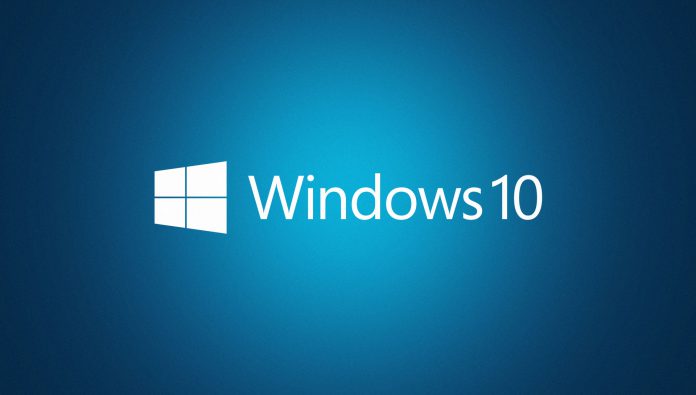As we've noted previously, the Windows 10 April 2018 update is one of the buggiest yet. Thankfully, Microsoft has been working on fixing the issues, and more are rolling out as we speak.
Windows 10 build 17134.81 remedies critical issues with Intel and Toshiba SSDs. PCs were crashing to the UEFI screen after reboot and users had to roll back to a previous build. Microsoft blocked the rollout to affected devices shortly after, but the damage had already been done.
Windows 10 Build 17134.81
It appears the problem centered around ‘power regression' on systems with NVMe SSDs and has now been fixed. It also remedies a number of problems with internet explorer, timezones, and Windows Hello. Here's the full changelog:
- “Addresses an issue in Internet Explorer that might cause communication between web workers to fail in certain asynchronous scenarios with multiple visits to a web page.
- Addresses additional issues with updated time zone information.
- Addresses an issue where closed-caption settings are preserved after upgrade.
- Addresses a reliability issue that may cause Microsoft Edge or other applications to stop responding when you create a new audio endpoint while audio or video playback is starting.
- Addresses an issue that may cause Windows Hello enrollment to fail on certain hardware that has dGPUs.
- Addresses an issue with power regression on systems with NVMe devices from certain vendors.
- If you installed earlier updates, only the new fixes in this package will be downloaded and installed on your device.”
Despite the fixes, Microsoft recommends you hold off on a manual update. At least, if you're not an advanced user. Instead, it asks general users to wait for an automatic rollout.
The Intel SSD issue was first announced on May 8, so it's taken around three weeks to prepare a fix. For users eager to see the new features, that's a long wait, but you should consider holding out even longer.
There are still a number of issues with the Windows 10 April update, including a black screen error that takes several hours to fix. Initial reports seem to suggest issues with anti-virus software, but users should be cautious unless they have repair time to spare.
Warnings aside, you can grab the cumulative update from the Microsoft Update Catalog, or check for updates via the usual route.






